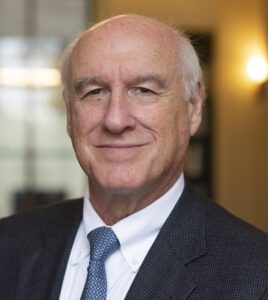Myron S. Cohen, MD, Yeargan-Bate Eminent Professor of Medicine in the Division of Infectious Diseases, went into detail about the history of monoclonal antibodies, how they are being used to prevent SARS-CoV-2 infections and how researchers hope to use them in the future.

Read the full article at Infectious Diseases Society of America.